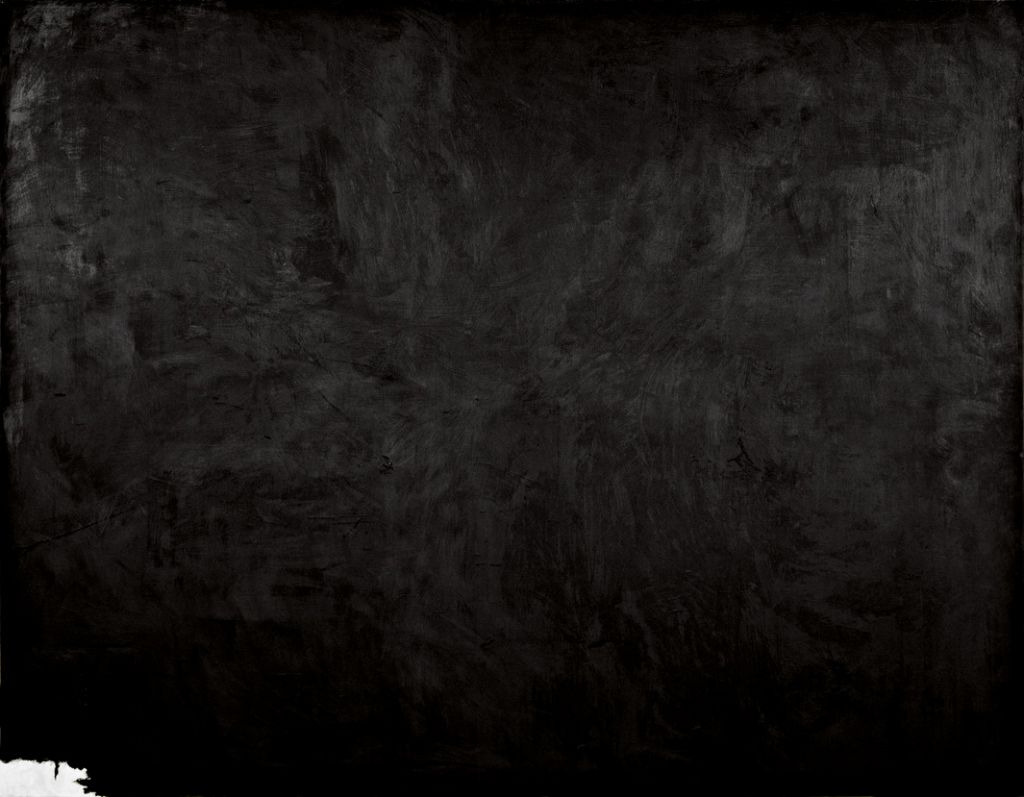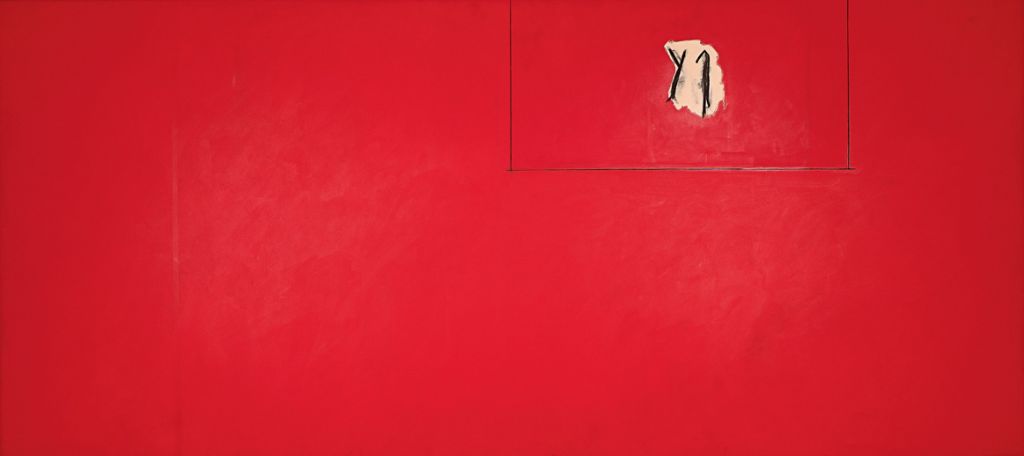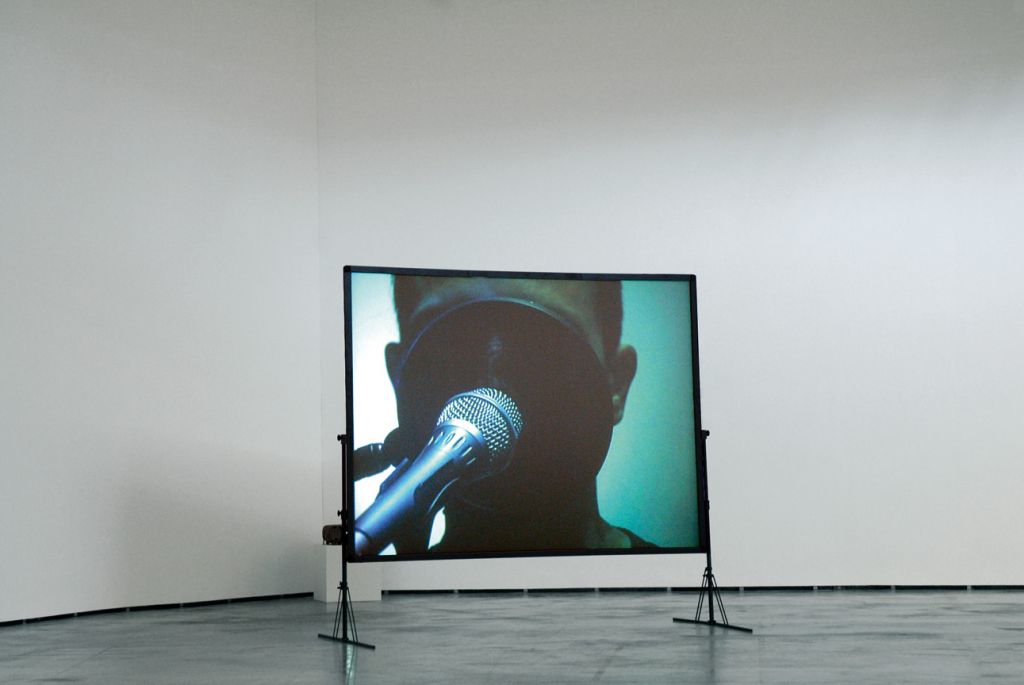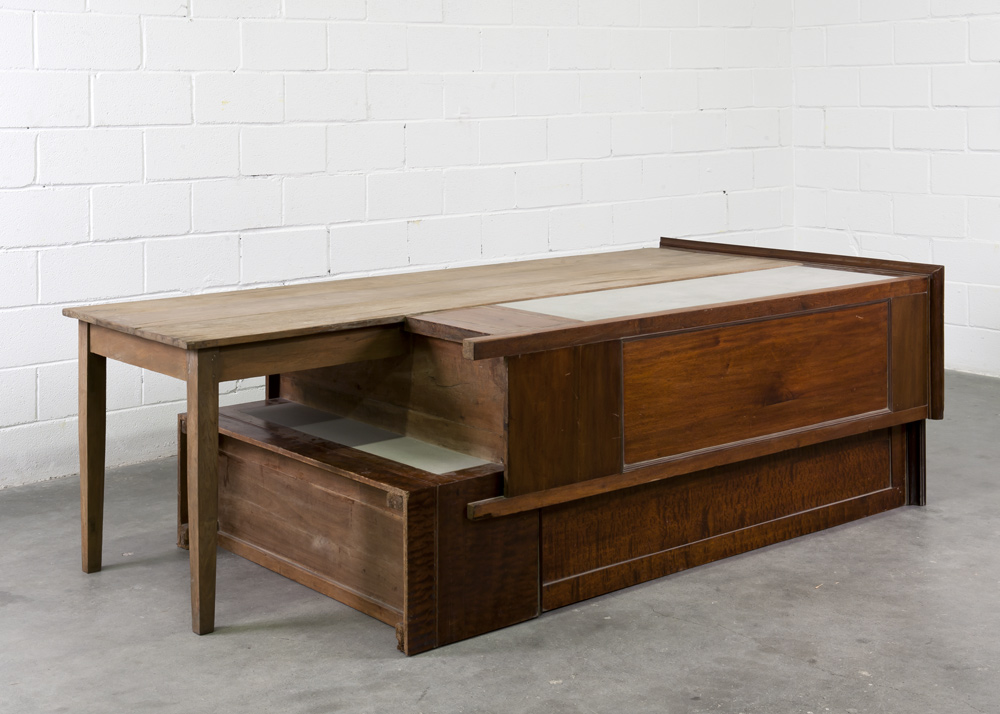The Voyage: Ten Years After
1961Acrylic on canvas175.3 x 523.5 x 4.7 cm
Robert Motherwell was among the youngest of the disparate group of American abstract artists that emerged during the 1940s and came to be known as the New York School or the School of New York-a term he was responsible for inventing. Unlike fellow Abstract Expressionists such as Jackson Pollock and Mark Rothko, Motherwell spent his formative years acquiring a university background, studying philosophy—above all aesthetics—before shifting to art history. Through Meyer Schapiro, a distinguished art historian at Columbia University, he was introduced to a number of the European artists who had taken refuge in New York with the outbreak of World War II, particularly Matta and other Surrealists, whose automatist methods had a major influence on him. By 1941 Motherwell had decided to become a full-time artist, and he rapidly gained attention for his collages and abstract paintings in the early to mid-1940s, showing at Peggy Guggenheim's museum/gallery Art of This Century and, by 1946, at the Museum of Modern Art. Motherwell's position in American art history rests not only on his oeuvre as a painter, but also on his prodigious accomplishments as a public intellectual: he served as an important spokesperson for the group of New York artists around him and left behind an extensive body of writings.
Many of Motherwell's motifs recurred over the course of his career. He often revisited earlier feelings and expressions, altering them and adding new dimensions. This was the case with The Voyage: Ten Years After (1961). Motherwell's earlier The Voyage, a large-scale work of 1949, displays the artist's long-standing interest in the nature of wall painting. At that stage he largely utilized a formal vocabulary derived from Synthetic Cubism. Motherwell explained that this work refers to Baudelaire's famous poem "The Voyage," whose last line asserts triumphantly the poet's intention to voyage to the depths of the unknown in order to find the new. [1] Returning to this theme, The Voyage: Ten Tears After indicates, in its enormous sweep, Motherwell's far more complex attitude to the nature of that questing experience. Nothing here is as fixed or as certain as the Cubist forms in the earlier painting. Although this later work still presents a pronounced horizontal vision, the spaces are vaster and less specifically delineated. Scanning these expanding spaces, the viewer is forced, by the grandeur and spread along the horizontal axis, to enter several quite different climates. In this painting Motherwell used his newly discovered technique of splashing and spattering in a totally free manner, allowing the role of chance, always present in his thoughts, to take on greater liberties.
1. Conversation with Dore Ashton, quoted in Ashton, "Robert Motherwell," in Guggenheim Museum Bilbao Collection (Bilbao: Guggenheim Museum Bilbao; Madrid: TF Editores, 2009).
Source(s):
Dore Ashton. "Robert Motherwell." In Guggenheim Museum Bilbao Collection. Bilbao: Guggenheim Museum Bilbao; Madrid: TF Editores, 2009.
Original title
The Voyage: Ten Years After
Date
1961
Medium/Materials
Acrylic on canvas
Dimensions
175.3 x 523.5 x 4.7 cm
Credit line
Guggenheim Bilbao Museoa






